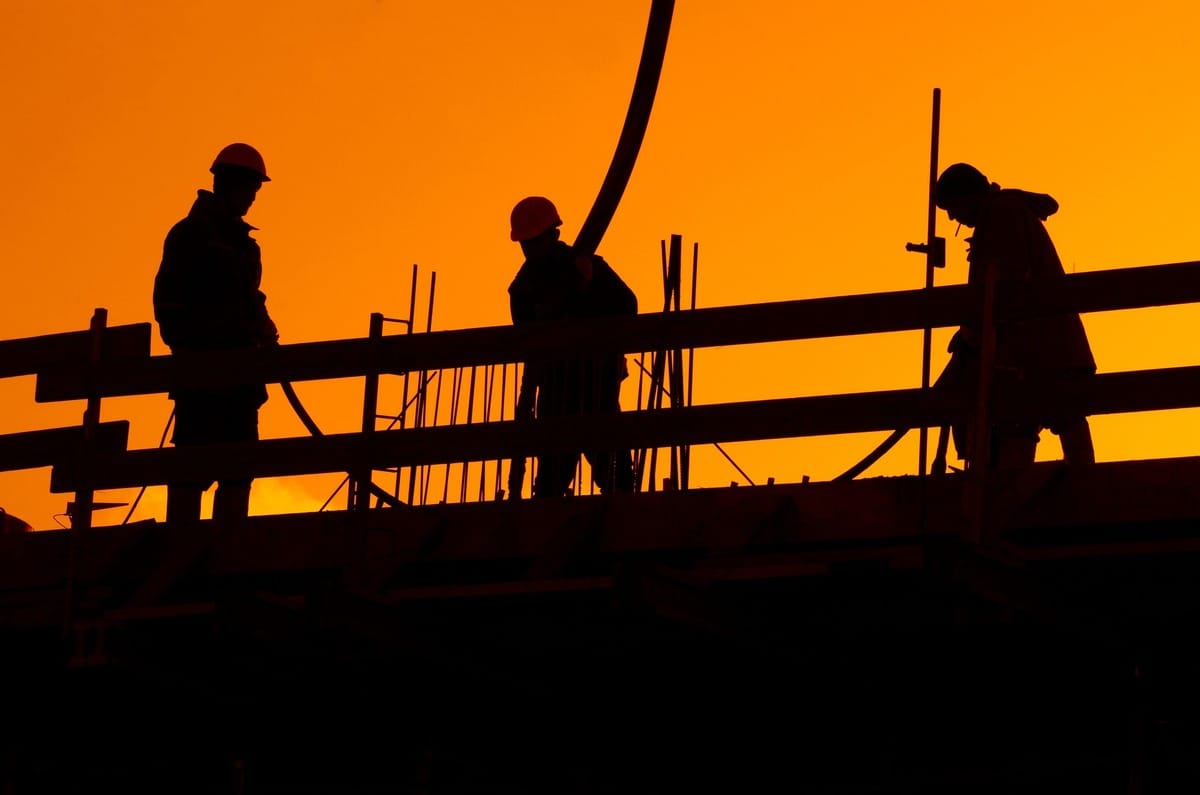- Full Brim Safety
- Posts
- Scaffolding Safety: Understanding the Foundation of Risk
Scaffolding Safety: Understanding the Foundation of Risk
Full Brim Safety: Build Smart, Build Safe

Scaffolding Safety: Understanding the Foundation of Risk
Welcome back, let's Build Smart & Build Safe! This week, we're climbing into a critical topic for almost every construction site: Scaffolding Safety. Scaffolds are essential for reaching elevated work areas, but unfortunately, they are also a leading source of serious injuries and fatalities in construction.
Understanding what a scaffold is and the core risks involved is your first defense.
What's a Scaffold and Why Are They Risky?
A scaffold is simply a temporary work platform designed to support workers and materials at height. While they are incredibly useful, accidents are all too common due to:
Falls: The most frequent and often fatal accident type, typically from missing guardrails, inadequate planking, or unstable structures.
Collapses: Catastrophic failures caused by improper erection, overloading, or inadequate bracing.
Struck-By Incidents: Workers getting hit by falling tools or materials from the scaffold.
Electrocutions: Contact with power lines if scaffolds are improperly placed.
These aren't just statistics; they are reminders of preventable tragedies that highlight the need for constant vigilance.
Key Components and Types:
Every scaffold, whether it's a simple frame scaffold or a suspended platform, has fundamental parts:
Platforms: The actual work surface.
Guardrails: Your primary fall protection barrier.
Bracing: Crucial for stability and rigidity.
Foundation: What supports the entire structure on the ground.
While there are many types, most fall into two categories: Supported Scaffolds (built from the ground up, like frame or modular systems) and Suspended Scaffolds (hung from overhead structures, like swing stages). Each type has specific safety rules.
The Competent Person: Your Scaffolding Safety Leader
A cornerstone of scaffold safety is the Competent Person. This is someone designated by the employer who has the expertise to identify existing and predictable scaffold hazards, and importantly, has the authority to take immediate steps to correct them. They are essential for overseeing scaffold erection, inspection, and safe use.
Understanding these fundamentals sets the stage for safer work. Tomorrow, we'll dive into the critical steps for safely erecting and dismantling these vital structures.
Don't forget to sign your friends up for Full Brim Safety for your daily dose of construction safety tips!
-The Safety Man
